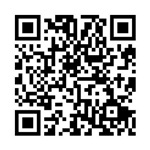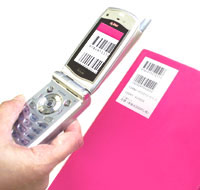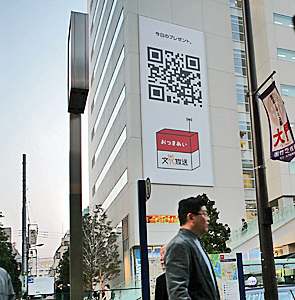
The Japanese are so far ahead of us in electronics that it’s positively scary. These two-dimensional barcodes, called QR Codes, are their newest twist on futuristic technology. Developed in 1994, the codes were originally developed to track parts in vehicle manufacturing. Today they appear in magazine ads, flyers, signs, buses, business cards – on almost any object about which a user might need information. The codes are aimed at mobile phone users, who use the built-in cameras in their cell phones to take a photo of the code. Reader software in the phone scans and decodes the image, then launches a browser, which automatically goes to the appropriate Internet website.

Amazon customers in Japan can purchase items with their camera phones by snapping a photo of the product code using their cell phone. House hunters, driving past a for-sale sign, stop and point their cellphone at the for sale sign and are taken to a screen that displays the asking price, number of bedrooms, baths, and lots of other details about the house. McDonald’s customers can point their cellphones at the wrapping on their hamburgers and see nutrition information on their screens. Users can point their phones at magazine ads to receive insurance quotes and board airplanes using their phones rather than paper tickets. A code on a billboard advertising a new movie automatically downloads the movie trailer to the users’ cell phone. The codes are even displayed on the exterior of skyscrapers, advertising commercial space for rent.

American universities and technology companies have been experimenting with the codes in their labs for several years and they are beginning to appear on some state drivers licenses and commercial mailing labels. But widespread use of the codes here will have to wait until cell phone technology, which lags behind the rest of the world by about two years, offers the ability to run small computer programs.

Wow, that is really cool. Technology is amazing!
Leslie